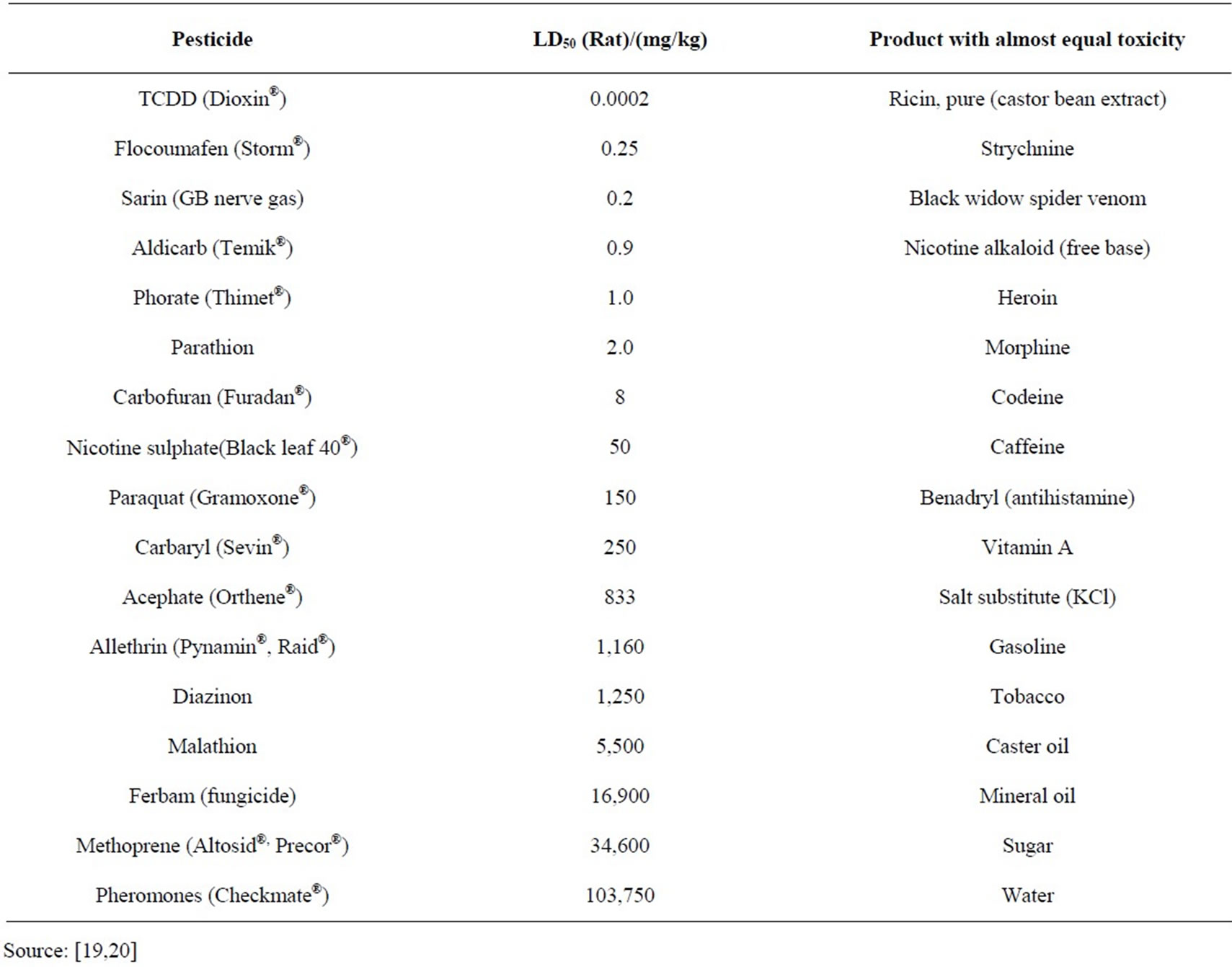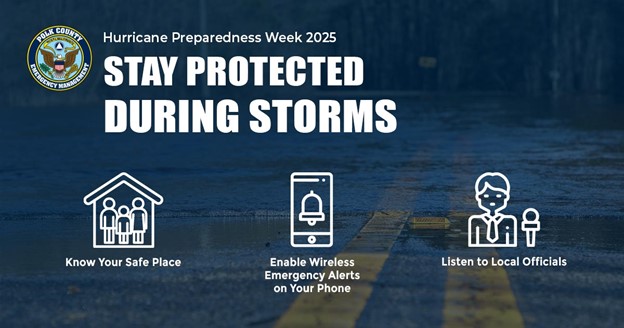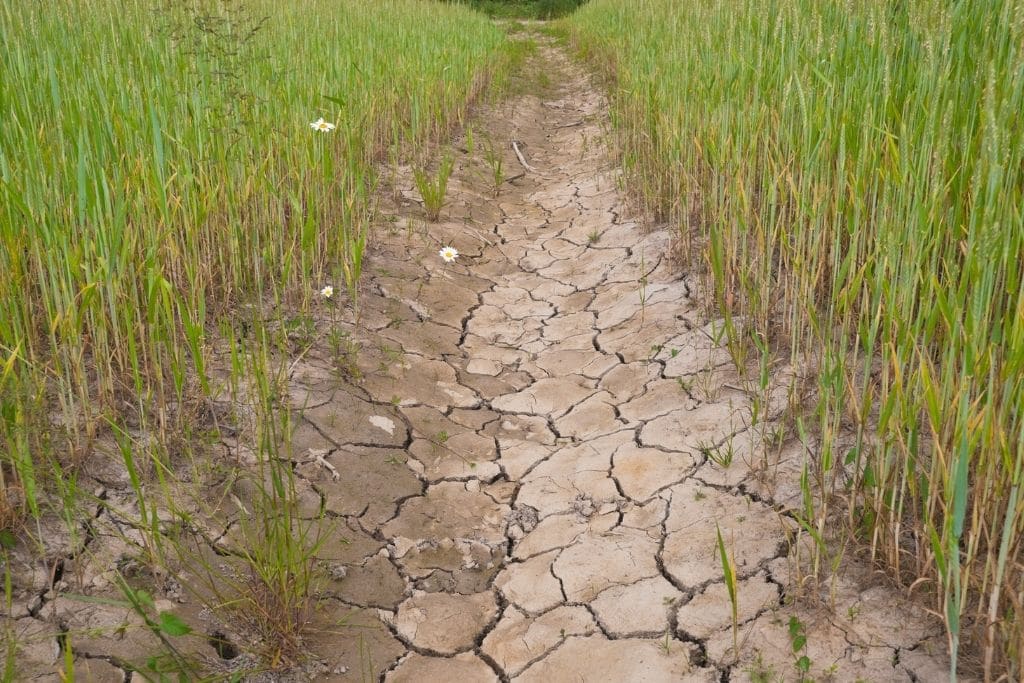Smith Mountain Lake Association Water Quality Monitoring Report
Overview of Monitoring Activities
The Smith Mountain Lake Association (SMLA) has successfully completed two water sampling sessions this season, with results indicating positive water quality conditions. This ongoing initiative aligns with the Sustainable Development Goals (SDGs), particularly SDG 6: Clean Water and Sanitation, and SDG 15: Life on Land, by promoting the health and sustainability of freshwater ecosystems.
Monitoring Results and Analysis
- Initial Monitoring Session: The first week of monitoring was adversely affected by several heavy rain events in early May, which temporarily impacted water quality parameters.
- Second Monitoring Session: Significant improvements were observed across all three sampling parameters, bringing results in line with 20-year averages and indicating excellent lake health.
Tom Hardy, Chair of SMLA Water Quality Monitoring, emphasized that these findings reflect the sustained health of Smith Mountain Lake.
Sampling Methodology and Volunteer Involvement
- Approximately 50 dedicated SMLA volunteers conduct water quality sampling.
- Sampling and analysis are performed in collaboration with Ferrum College, ensuring scientific rigor.
- Sampling sessions occur bi-weekly throughout the summer season.
- Water clarity is measured at 84 sites, while water samples are collected at 56 sites across the lake.
Parameters Measured and Environmental Significance
- Chlorophyll-a Concentration: Serves as an indicator of algae growth, critical for assessing eutrophication risks.
- Phosphorus Levels: A nutrient that can stimulate excessive algae growth, impacting aquatic ecosystems.
These parameters provide essential data to maintain the ecological balance of the lake, supporting SDG 14: Life Below Water.
Data Accessibility and Community Engagement
- Sampling results are publicly available on the SMLA website: https://smlassociation.org/water-quality-monitoring/.
- New features include segmented data views for eight distinct areas of the lake, enhancing transparency and community awareness.
- The program actively seeks volunteers to assist with sampling in the upper Roanoke River arm near Bay Roc Marina and Hardy Ford Bridge.
- Interested individuals can contact Tom Hardy at wqm@smlassociation.org to contribute to this vital environmental effort.
About Smith Mountain Lake Association (SMLA)
Founded in 1969, SMLA is a nonprofit 501(c)(3) organization dedicated to preserving the cleanliness and safety of Smith Mountain Lake. As the longest-serving advocate for the lake community, SMLA supports the SDGs by:
- Protecting freshwater resources (SDG 6)
- Promoting sustainable economic development linked to the lake’s natural beauty (SDG 8: Decent Work and Economic Growth)
- Engaging volunteers and stakeholders in environmental stewardship
The organization relies on memberships, donations, and grants to fund programs that safeguard the lake’s ecosystem and local economy.
1. Sustainable Development Goals (SDGs) Addressed or Connected
- SDG 6: Clean Water and Sanitation
- The article focuses on water quality monitoring at Smith Mountain Lake, which directly relates to ensuring availability and sustainable management of water.
- SDG 14: Life Below Water
- Monitoring algae growth and phosphorus levels relates to maintaining healthy aquatic ecosystems.
- SDG 15: Life on Land
- Protecting the lake environment supports the conservation of terrestrial ecosystems surrounding the water body.
- SDG 17: Partnerships for the Goals
- The collaboration between volunteers, the Smith Mountain Lake Association, and Ferrum College exemplifies partnerships for sustainable development.
2. Specific Targets Under Those SDGs Identified
- SDG 6: Clean Water and Sanitation
- Target 6.3: Improve water quality by reducing pollution, minimizing release of hazardous chemicals and materials, and substantially increasing water recycling and safe reuse.
- SDG 14: Life Below Water
- Target 14.1: Prevent and significantly reduce marine pollution of all kinds, in particular from land-based activities, including nutrient pollution.
- SDG 15: Life on Land
- Target 15.1: Ensure the conservation, restoration, and sustainable use of terrestrial and inland freshwater ecosystems and their services.
- SDG 17: Partnerships for the Goals
- Target 17.17: Encourage and promote effective public, public-private and civil society partnerships.
3. Indicators Mentioned or Implied to Measure Progress
- Water Quality Parameters
- Concentration of chlorophyll-a: Indicates algae growth levels in the lake.
- Phosphorus concentration: Measures nutrient levels that stimulate algae growth.
- Water clarity readings: Taken at multiple sites to assess water transparency and quality.
- Monitoring Frequency and Coverage
- Bi-weekly water sampling sessions during the summer season.
- Sampling at 56 sites for water samples and 84 sites for water clarity, indicating comprehensive spatial monitoring.
- Comparative Data
- Comparison of current year results with 20-year averages to track trends and progress.
4. Table of SDGs, Targets, and Indicators
| SDGs | Targets | Indicators |
|---|---|---|
| SDG 6: Clean Water and Sanitation | 6.3: Improve water quality by reducing pollution and minimizing hazardous releases. |
|
| SDG 14: Life Below Water | 14.1: Prevent and significantly reduce marine pollution, including nutrient pollution. |
|
| SDG 15: Life on Land | 15.1: Conserve and restore terrestrial and freshwater ecosystems. |
|
| SDG 17: Partnerships for the Goals | 17.17: Promote effective public, public-private, and civil society partnerships. |
|
Source: smithmountaineagle.com







